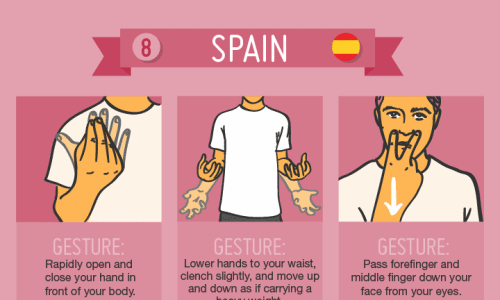
Body language affects those around us more than the words we use. What message do your posture and facial expressions convey to your co-workers?
People are often surprised to hear that only 7% of our words affect workplace communication. Instead, your body language influences how your message is perceived. Ensure that you’re putting forth the right message with these tips.
Start by sitting up in your chair and avoid slouching which makes you look unengaged. Slouching is a habit that many of us do without noticing. Improving your posture at work helps you appear confident.
Next, think about how you have a conversation with others. Are you invading their personal space? Try taking a step back and avoiding overly personal body contact. While crossing your arms while working alone equals a 30% increase in productivity, doing so when talking to a co-worker implies distance or anger. Nervous body language, like cracking your knuckles, puts others on edge and negatively impacts your credibility.
Other types of negative body language include rolling your eyes or failing to make eye contact during a conversation. Both demonstrate a lack of professionalism. Instead, mirror your co-worker’s positive nonverbal movements by adjusting your pace and volume of speech to match their tone.
Body language affects everyone you work with, so it’s essential to determine if you’re sending the right message to managers and team members. By being aware of your body language and taking steps to correct bad habits, you’ll see an increase in positive engagement and may even get that promotion you’ve been eyeing.



